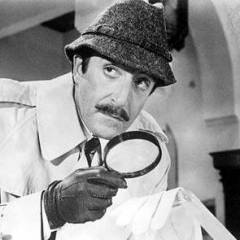IGNORED
The Stack and Tilt Golf Swing
-
Topics Being Discussed Right Now on The Sand Trap
-
"5 Minutes Daily" Practice Challenge 1 2 3 4 911
By iacas, in Instruction and Playing Tips
- 5 minutes daily
- dedication
- (and 6 more)
- 16,395 replies
- 1,143,329 views
-
- 30 replies
- 2,654 views
-
- 10 replies
- 2,249 views
-
- 3,512 replies
- 374,576 views
-
- 8,515 replies
- 391,034 views
-






Recommended Posts
Create an account or sign in to comment
You need to be a member in order to leave a comment
Create an account
Sign up for a new account in our community. It's easy!
Register a new accountSign in
Already have an account? Sign in here.
Sign In Now